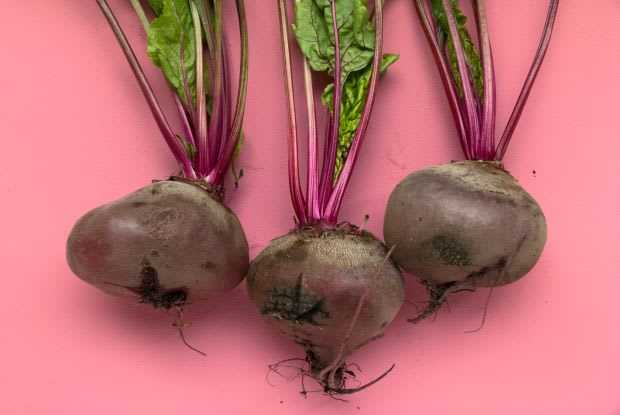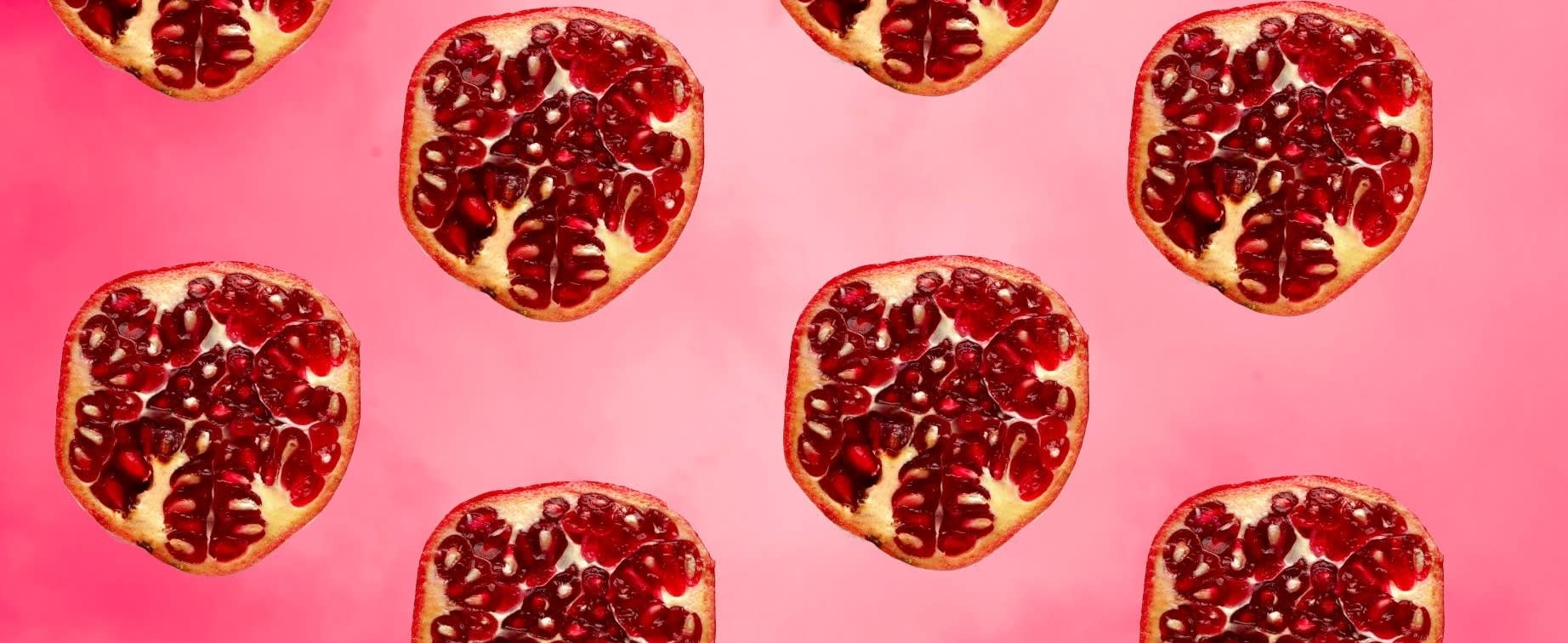Table of Contents
II. Symptoms of Reduced Blood Flow
III. The Best Foods for Blood Circulation
Circulatory Issues
Poor blood circulation can lead to a host of health conditions like peripheral artery disease (PAD) and deep-vein thrombosis (DVT). If blood flow in your body is reduced, you are at an increased risk of nerve damage, tissue damage, and blood clots. You will want to avoid blood clots as much as possible because they can lead to serious complications such as kidney, lung, brain, and heart failure. [1]
Proper blood flow is vital to your organs. When you have poor blood circulation, not enough oxygen and nutrients get to where they are needed. To reduce the risk of blood clots, strokes, and heart attacks, it is important to treat high blood pressure and high cholesterol with the right medications and diet.
If you have poor circulation and are at risk for blood clots, your doctor will likely prescribe a blood thinner like Xarelto (rivaroxaban). Other common medications that can reduce the likelihood of a clotting event include Eliquis (apixaban), Elmiron (pentosan polysulfate sodium), or Coumadin (warfarin). Read on to learn more about the importance of good circulation, symptoms of poor blood flow, and how to improve blood circulation with diet.
How do you know if you have poor circulation? It is always important to get a proper diagnosis from your doctor. However, there are some telltale signs you can look out for on your own. Common symptoms like tingling or numbness in your fingers, legs, feet, or toes are usually easy to spot. If you have poor circulation, you may also experience symptoms that include: If you can’t think of what numbness feels like, think of the last time you’ve woken up to find your arm completely “asleep.” This feeling is commonly described as “pins and needles” and typically goes away on its own if you have good circulation. With poor blood flow, this type of numbness may not dissipate by itself, and you may need to see a doctor. If your poor circulation is severe, you can experience fatigue, memory loss, and digestive issues. [2] Early stages of poor blood circulation can usually be combatted and reversed by eating the right foods. Even if you rely on medication and your condition is more severe, a heart-healthy diet can help you manage and gradually improve circulation. Foods that can improve blood flow include: Managing your blood circulation can be a frustrating task. Some days, you may feel like you are taking one step forward and two steps back. Implementing these diet tips can help your condition, but your hard work may be reversed if you smoke or lead a sedentary lifestyle. Blood-thinning medications can also be expensive, so many people turn to Canadian online pharmacies where you can fill your prescriptions at a discount price. Before introducing new foods to your diet, consult your doctor to ensure any drug interactions are avoided. Coumadin (warfarin), Eliquis (apixaban), Elmiron (pentosan polysulfate sodium), and Xarelto (rivaroxaban) are potent drugs that may cause unwanted side effects when mixed with certain medications or foods, so always run new diet plans by your doctor. It takes work to maintain good blood circulation, but its long-term rewards are worth it. The content in this article is intended for informational purposes only. This website does not provide medical advice. In all circumstances, you should always seek the advice of your physician and/or other qualified health professionals(s) for drug, medical condition, or treatment advice. The content provided on this website is not a substitute for professional medical advice, diagnosis, or treatment.
Symptoms of Reduced Blood Flow
The Best Foods for Blood Circulation

Managing Blood Clot Risk

